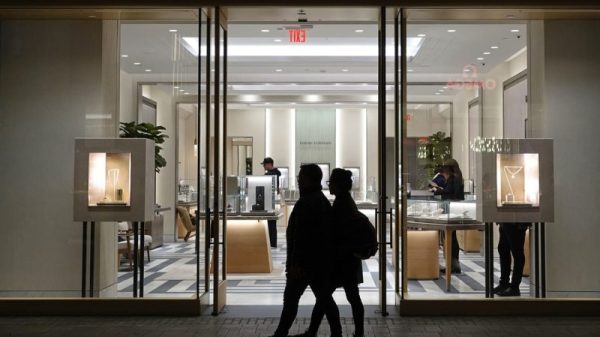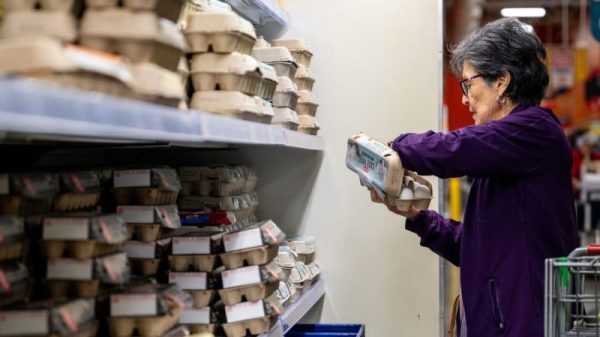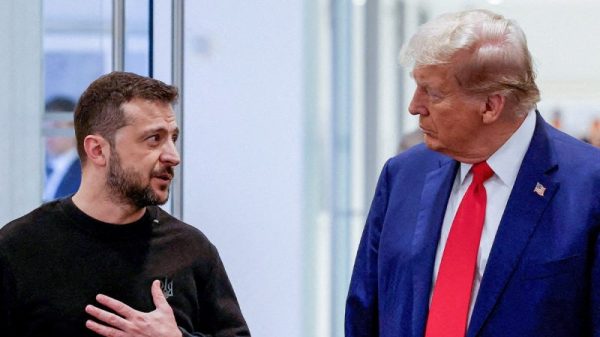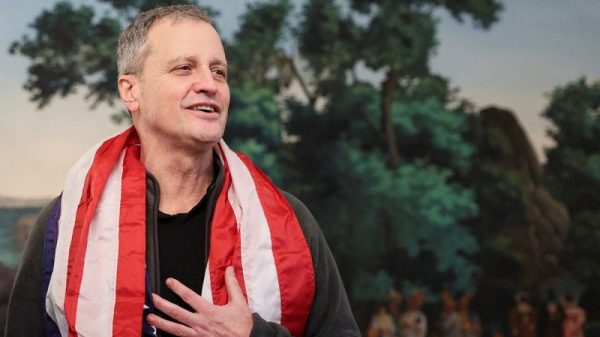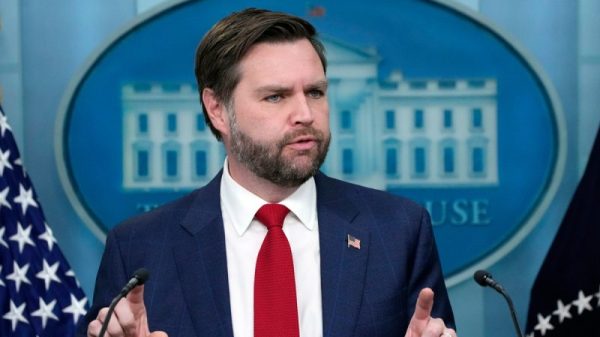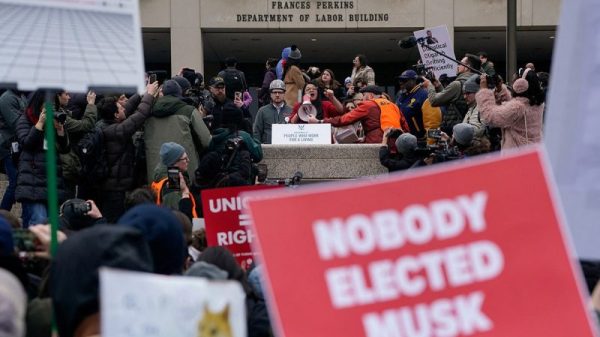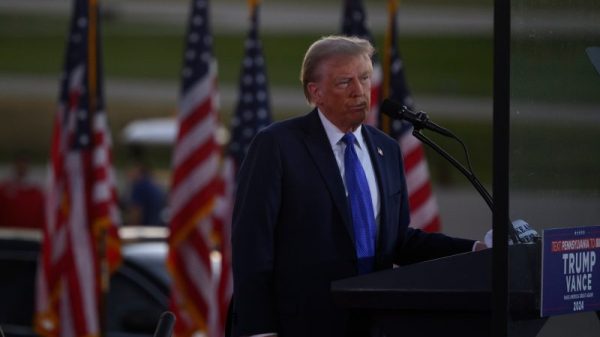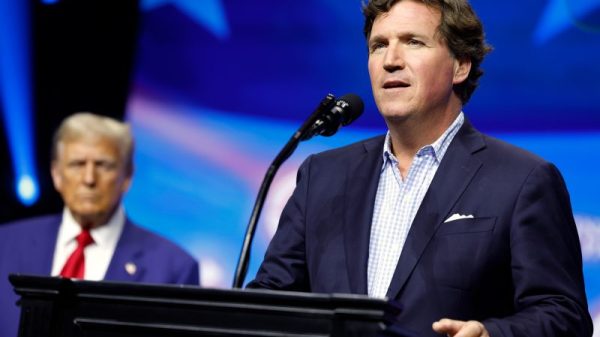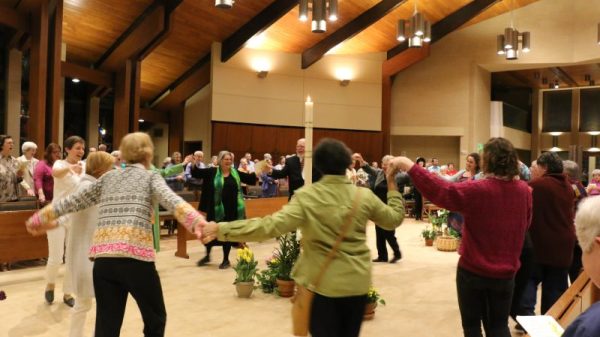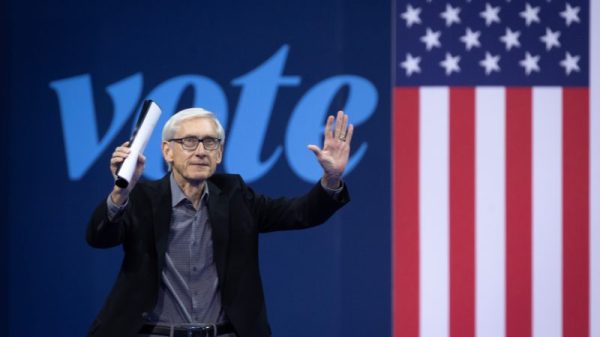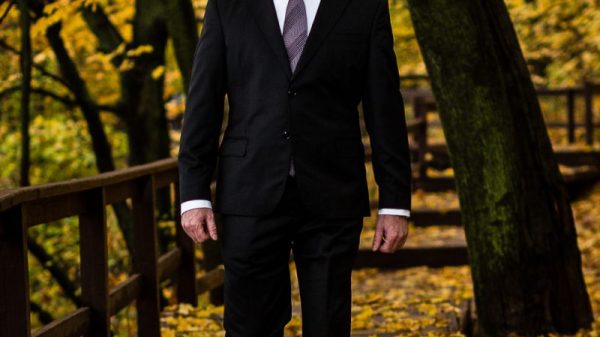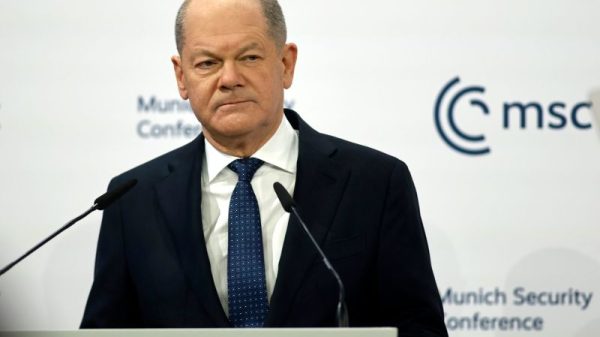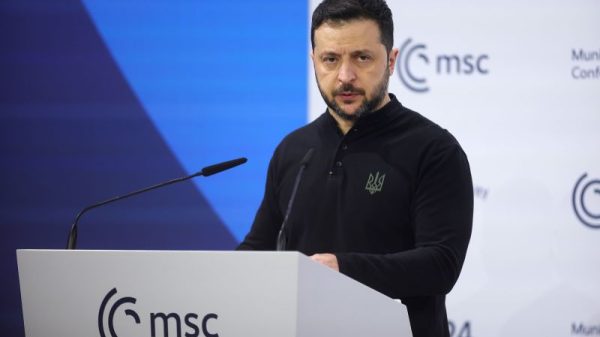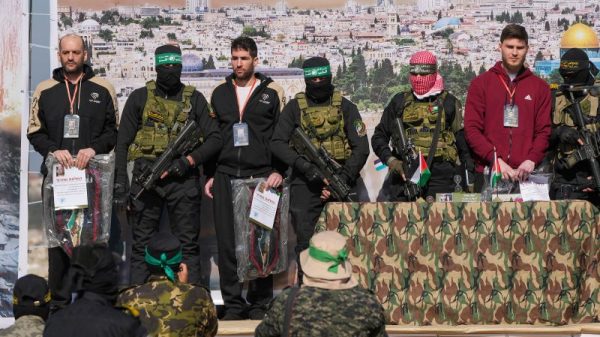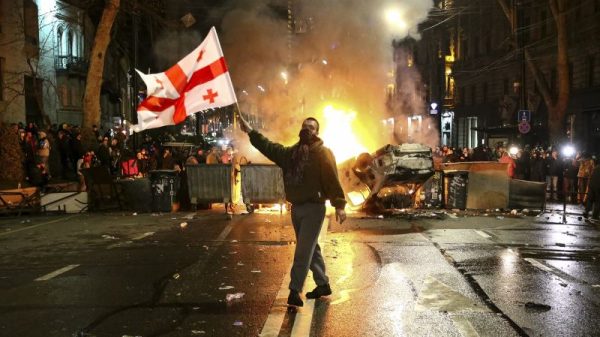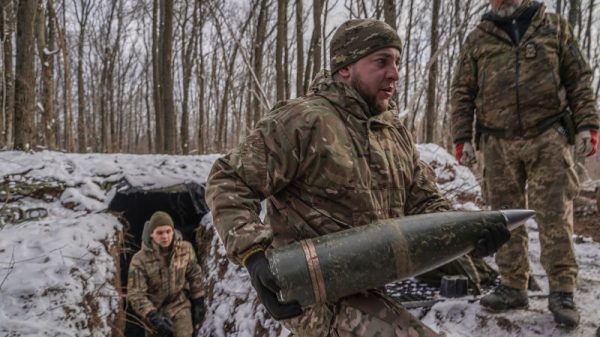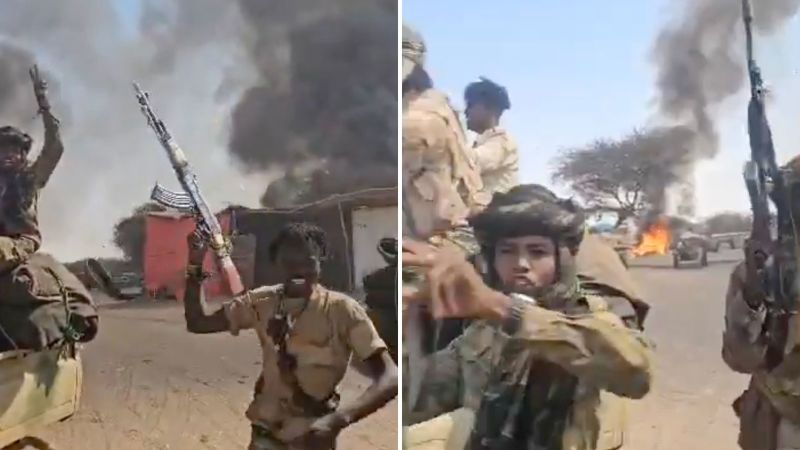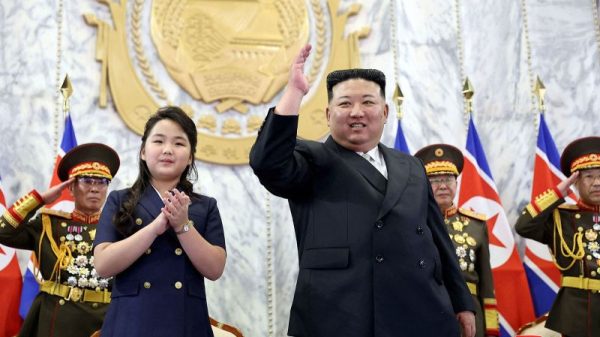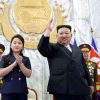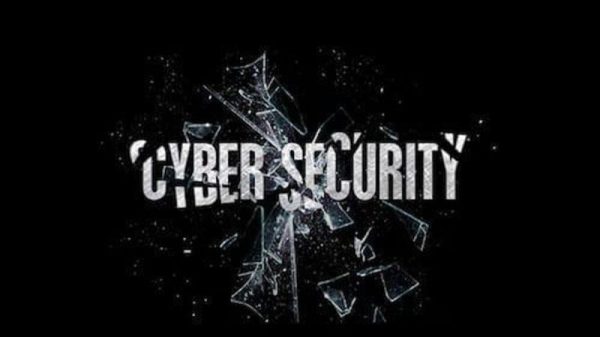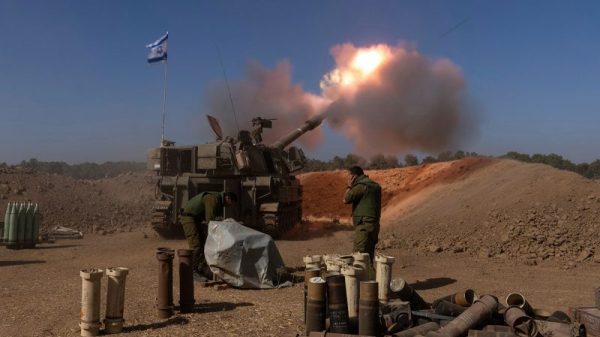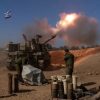Fighters from Sudan’s paramilitary Rapid Support Forces (RSF) have torched swathes of the country’s largest refugee camp, firing indiscriminately at civilians, according to open-source data and an eyewitness account.
At least seven people have been killed and 40 injured in the attacks which began on Tuesday, according to Médecins Sans Frontières (MSF), which operates one of the last remaining healthcare facilities in Zamzam camp, which hosts nearly half a million displaced people suffering from famine. Approximately 50% of Zamzam’s central market was burned in the attacks, according to a new Yale HRL report.
Once a refuge for civilians fleeing violence in North Darfur’s capital city of al-Fasher and neighboring towns, Zamzam has been under fire since December 1, according to Yale’s Humanitarian Research Lab (HRL) which monitors the conflict, and MSF. Indiscriminate artillery fire has killed and injured dozens of residents since, the medical relief group says.
The RSF and its rival, the Sudanese Armed Forces (SAF), have been locked in a brutal civil war since April of 2023. Since then, the RSF has been campaigning to capture al-Fasher —the last remaining SAF stronghold in the region — 15km north of Zamzam. However, this is the first time that RSF fighters appear to have entered the camp.
‘I saw people fleeing, and I was among them’
Footage verified from social media illustrates the RSF’s advance; videos show armed fighters wearing the RSF’s hallmark tan camouflage and insignia capturing a militia outpost on the edge of the camp.
Then, less than half a kilometer south, fighters appear closer to the camp, perched atop pickup trucks with mounted belt-fed machine guns. The camera pans across the ground, littered with bullet casings, and briefly shows a plume of dark black smoke which appears to emanate from Zamzam’s central market.
The eyewitness described how the fighters set several shops ablaze before he fled the camp in terror.
“I saw people fleeing, and I was among them—some in their private vehicles and others on foot for hundreds of meters. Several stray bullets flew over our heads, and a victim fell right in front of me,” he recounted.
Dozens of children, women, and elderly people were killed and injured in the attacks, according to a statement released by Zamzam camp administrators on Thursday. The statement calls on the United Nations to deploy an international protection mission after “the [RSF] resorted to the scorched land policy, brutally targeting Zamzam.”
Satellite imagery shared by Maxar Technologies and footage posted on social media by North Darfur’s governor show the aftermath of large-scale burning throughout Zamzam’s central marketplace. Among the ash, remnants of the stands, chairs, and tables piled with charred vegetables can be seen.
Heat signatures recorded by NASA’s Fire Information for Resource Management System show that the fire ignited on Tuesday, causing damage that HRL says is “consistent with intentional razing” identified after nearby arson attacks perpetrated by the RSF.
“We categorically affirm that no violations have occurred, and our forces have never targeted civilians. Rather, our forces operated with military professionalism, swiftly defeating the armed elements, seizing their weapons stockpiles, forcing them to flee the camp, and thwarting their plan to use civilians as human shields.”
The attack, which unfolded over two days, was launched weeks after the RSF began targeting the camp with long-range artillery in early December, according to a Yale HRL report.
The RSF claims that the camp is a “military base, housing weapons and ammunition depots as well as operations command rooms,” in the context of the paramilitary group’s wider offensive to capture al-Fasher — the last remaining bastion for government forces in North Darfur, according to Liam Karr, Africa team lead at the Institute for the Study of War. But these attacks on Zamzam extend “beyond military objectives into ethnic cleansing and genocide,” Karr says.
Last month, former U.S. Secretary of State Antony Blinken accused the RSF of committing genocide in Sudan, and imposed sanctions on its leader, Mohamed Hamdan Dagalo, also known as Hemedti.
The RSF called the Biden Administration’s sanctions “regrettable and unjust” in a statement posted to Telegram, claiming that they were “politically motivated and… without an independent and thorough investigation.”
In the midst of a raging malnutrition crisis
Zamzam has long been at the epicenter of the malnutrition crisis in Sudan. Last August, the World Food Program declared that the camp had been pushed into famine.
One mother, holding her crying two-year-old child, explained the challenge of finding fresh water: “When we need water, we need to pay. And we don’t have money, so we ask Allah to sustain us,” she says.
About 34% of children living in Zamzam camp suffer from acute malnutrition—more than twice the emergency threshold—according to an MSF survey conducted in the fall.
Since the famine declaration, malnutrition has persisted and spread to two additional camps in North Darfur and the Western Nuba Mountains and is predicted to reach five additional localities in the state before May.
Faced with continuing security threats, he says, “it’s simply too dangerous” to operate in certain areas of North Darfur. It is immediately unclear how this recent spate of violence will affect the malnutrition crisis in Zamzam.
“As the camp is surrounded [by RSF fighters], there is no possibility for the population to flee or for humanitarian aid to enter,” MSF’s Project Coordinator in North Darfur Marion Ramstein predicts. “People are left with nothing.”
Mounira Elsamra, Eyad Kourdi, and Thomas Bordeaux contributed to this report.






